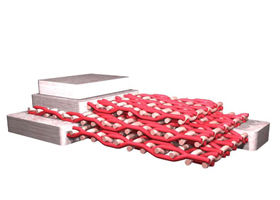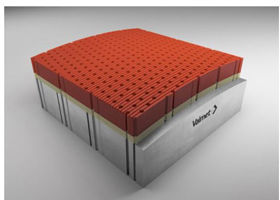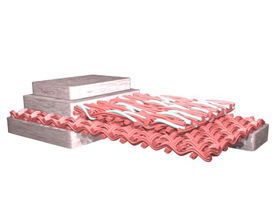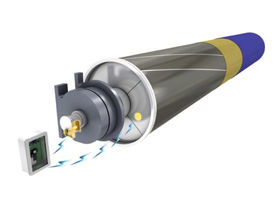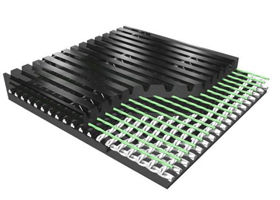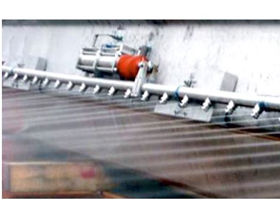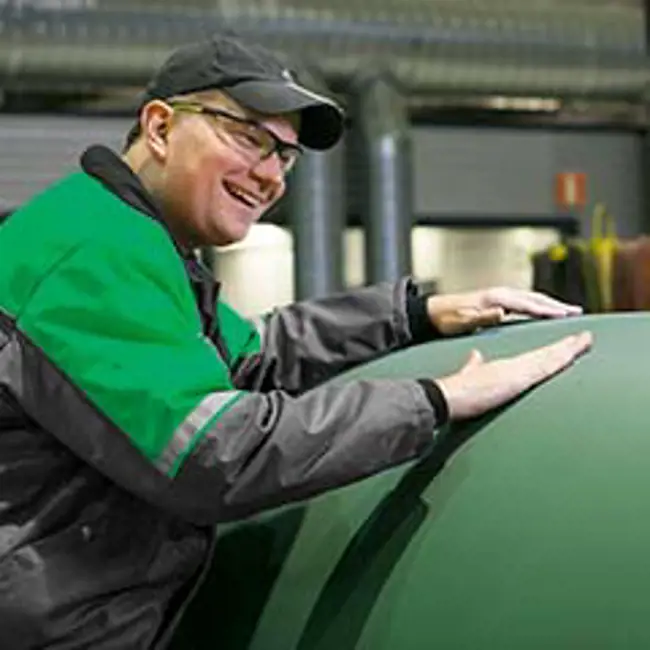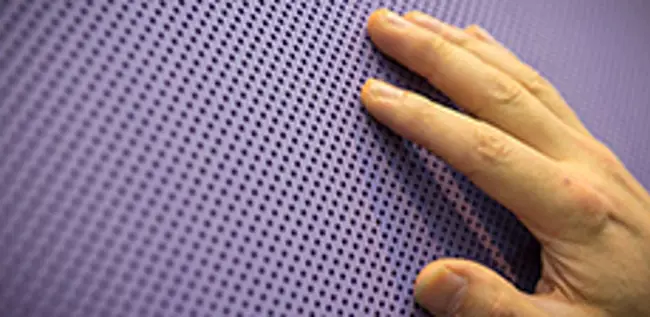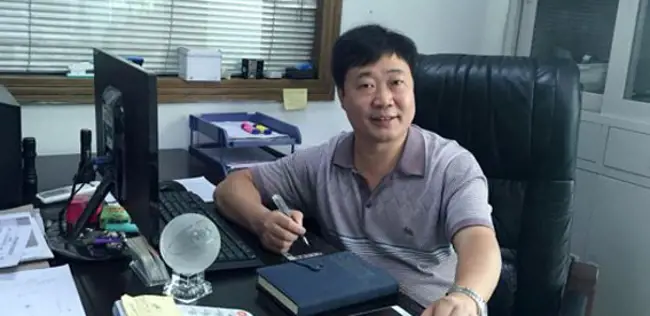Making the right choices to boost wet pressing efficiency
Oct 21, 2019
Wet pressing has an impact all the way from paper machine drying capacity and web runnability to end product properties. The secret of process efficiency often lies in making the right choices for the press section consumables.
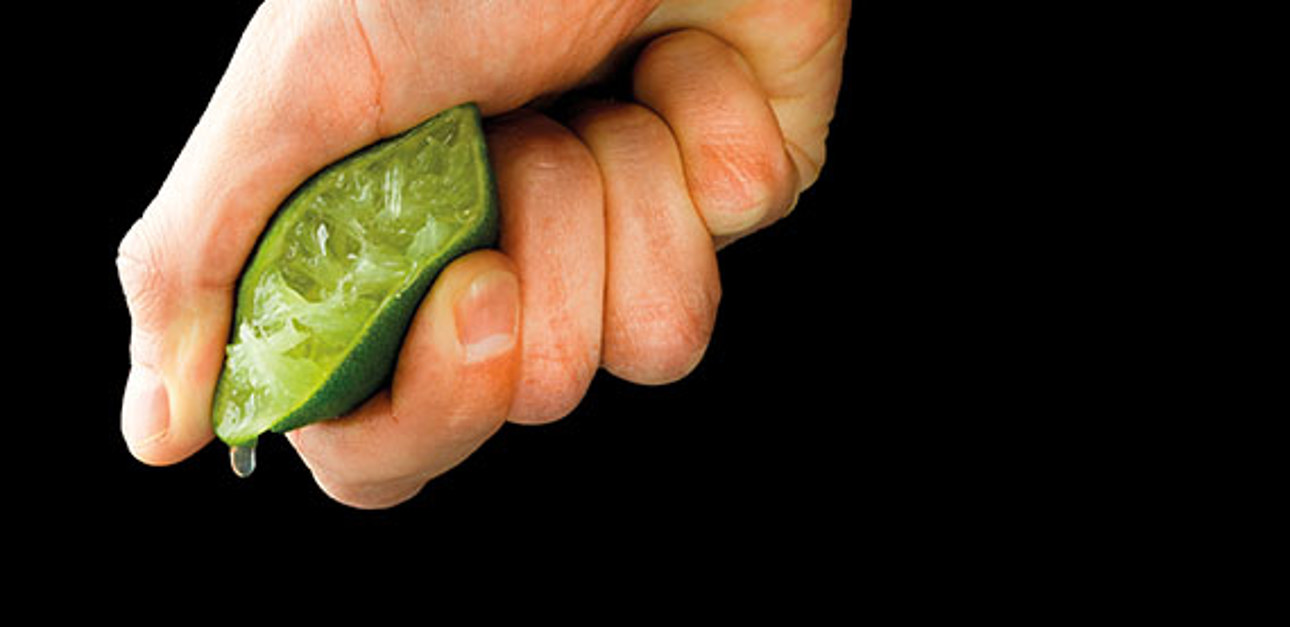
The basics of dewatering
When the sheet arrives at the press section from forming, the dry content level is about 20 percent. In the press section, the sheet dry content increases to about 50 percent as pressure removes the water from the sheet. Simply put, the water from the sheet is pressed into the press felt, which either carries it into the Uhle box, where it is sucked in by the vacuum (Uhle box dewatering), or removed from the sheet to the nip, and through the felt into the grooves of the roll by centrifugal force (nip dewatering).
Press section consumables offer many ways to efficiency improvements
There are many parameters which affect the wet pressing process, providing plenty of options for optimization and improvement. These include machine and runnablity issues, such as nip pressure, press felts and shoe press belts, as well as rolls and roll covers.
Typically, press dewatering improvement in machines using the oldest equipment technologies requires significant capital investment – in a shoe press rebuild, for example. However, basically all press sections, despite their current equipment level, also embrace improvement potential through lower investment. But how?
The answer is easy. Every machine consumes press felts, roll covers, doctoring products and many other consumables that demand periodic replacement. So why not optimize them as part of their regular service?
Typical areas of improvement related to machine consumables
1) Optimal nip and Uhle box dewatering: Nip dewatering offers benefits such as shorter felt break-in time and the possibility to allocate vacuum capacity to other needs besides Uhle boxes. The most efficient dewatering process typically combines both nip and Uhle box dewatering. In addition, felts play a key role when adjusting the dewatering direction between nip and Uhle box dewatering. On rolls and belts, the open area on the roll surface allows for adequate handling of the water from the felts.
2) Nip pressure level and nip pressure CD profiles: Web CD moisture profiles can be enhanced by the optimization of roll crowns and settings with deflection compensated rolls. Insufficient nip pressure levels and profiles shorten roll and felt lifetimes, and decrease production efficiency due to extra maintenance shut downs.
3) Nip vibrations: Nip vibrations often originate from rolls and felts, and may be corrected with optimization. Vibration problems especially affect machine runnability and roll maintenance requirements.
Examples of wet pressing optimization in practice
A simple target is to improve wet pressing efficiency by changing the dewatering direction. Conventionally, redirecting refers to shifting from felt to nip dewatering. This means that instead of vacuuming, more water is conducted via the voids onto roll surfaces and water collection pans. The typical benefits include improved dewatering, faster felt start-ups and optimized use of vacuum capacity. To achieve these results, the felt and pressing rolls must be aligned. In practice, this consists of adjusting roll cover hardness, roll surface groove and hole patterns, and felt permeability and density. All directly connected equipment must also be checked and further adjusted.
The prevailing situation often has several areas requiring improvement. This is even more challenging, because in many cases improving one area causes deterioration in another. Take a machine producing fine paper: The general aim is to improve dewatering to save drying energy costs. However, emerging issues include suction roll shadow marking, CD moisture profile and press vibration problems, as well as suction press roll hole clogging. This extensive range of problems leads to a situation where success can only be achieved when the timing of actions, the magnitude of adjustments and the team’s goals are perfectly balanced and aligned.
Following table illustrates interactions between improvement areas and available tools. As an example, increasing roll cover hardness may increase dewatering, which may extend roll cover lifetimes. However, it may deteriorate CD-profiles and affect negatively to felt lifetimes.
Improvement area
Main contributing Valmet tools and services |
Dewatering performance |
Product quality, e.g. shadow marking, bulk |
CD-profiles |
Press vibrations |
Roll and felt reliability lifetime |
| Press Felts | ✔ | ✔ | ✔ | ✔ | |
| Roll Covers | ✔ | ✔ | ✔ | ✔ | ✔ |
| iRoll Services | ✔ | ✔ | ✔ | ||
| Roll Upgrades (e.g. Shell Flow H) | ✔ | ✔ |
Wet pressing optimization success stories
| Customer | Results |
|
|
Steam consumption decreased from 45.6 tonnes to 40.2 tonnes/h
|
|
|
Machine speed increased by 30 m/min; press felt lifetime increased from 30 d to 50 d
|
|
|
5 percent decrease in steam consumption
|
|
|
Web dryness after press increased from 49 to 51 percent
|
| Green Forest Paper | Machine speed increased by 60 m/min |
The power of teamwork and service agreements
The power of teamwork cannot be understated when discussing improvement projects in the press section. The biggest obstacle in running improvement projects in the given time and with the desired results may not be related to technical questions but to the efficient cooperation of people from different departments and companies. Production, maintenance, purchasing, engineering, process technology, finance – you name it – all these operations have their own features and incentives in how work and business should be undertaken.
To make things clear for all parties, a Valmet service agreement with integral press section performance improvement may be a beneficial solution. The agreement usually contains the regular service operations for a certain period and the improvement project based on the customer’s requirements. The idea is to create results and share the spent resources risk through mutual understanding.
Valmet key offering for wet pressing optimization |
|
|
Press felts Typical felt for efficient Uhle box dewatering (Valmet Press Felt LMR) with a heavy open structure and a |
Press roll covers Valmet Press Roll Cover PF-V for suction press rolls with tailored hardness and surface topography for efficient dewatering. |
|
Press felts Typical felt for effective nip dewatering (Valmet Press Felt SPM) with a light but denser structure, low in void volume and caliper.
|
iRoll measurements The Valmet iRoll product family for profile improvements. Unique tools to measure nip pressure profiles in real running conditions to enable the appropriate correction actions for better efficiency and quality. |
|
Belts for shoe presses Valmet Black Belt with tailored surface topography for efficient dewatering.
|
Roll upgrades Valmet Suction Roll Upgrade Shell Flow H: suction roll hole cleaning system for enhanced dewatering.
|
TEXT Juha Ruotsi and Leena Silakoski
Related articles
